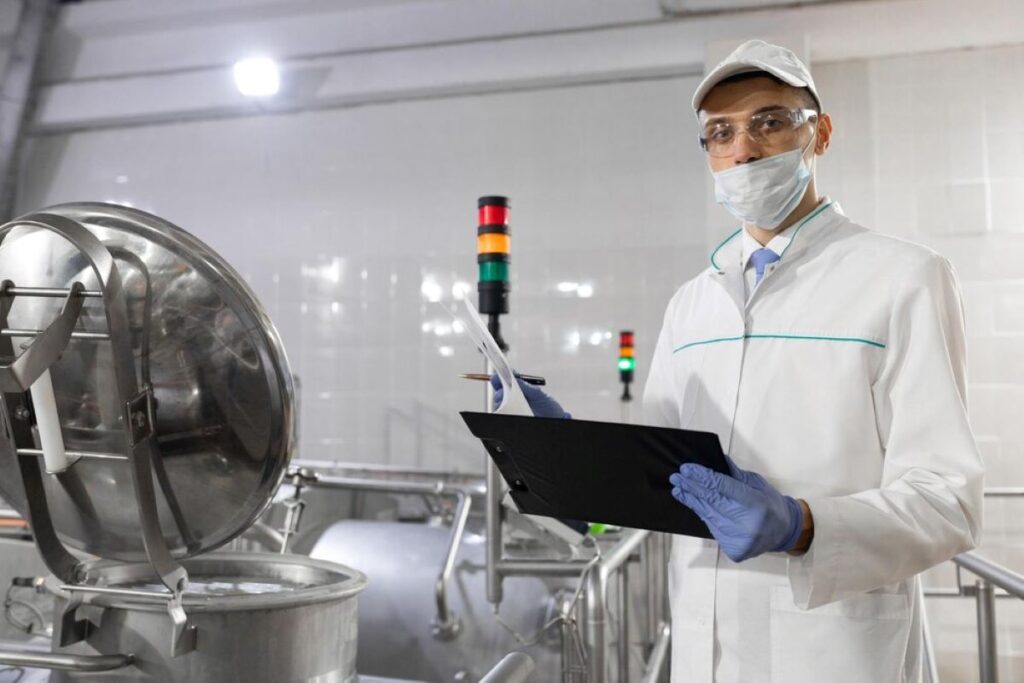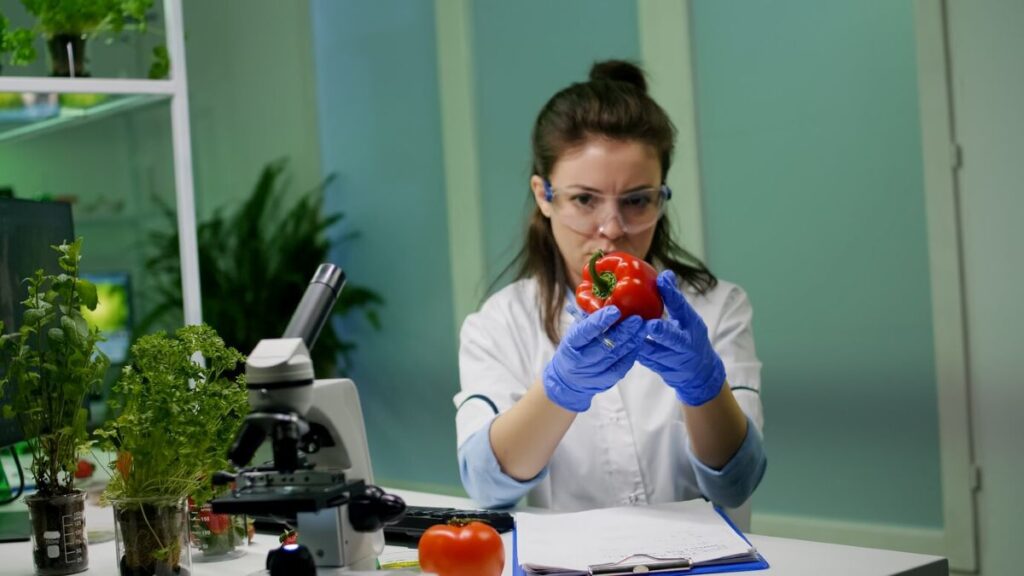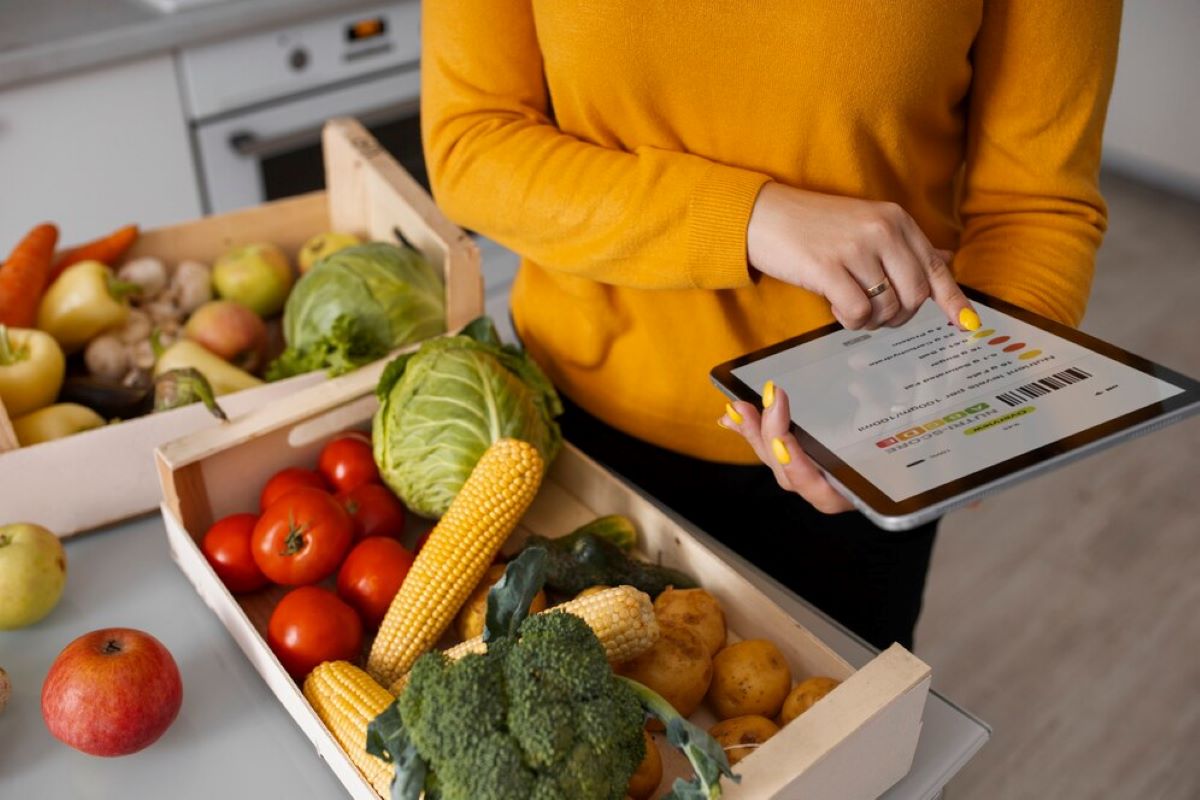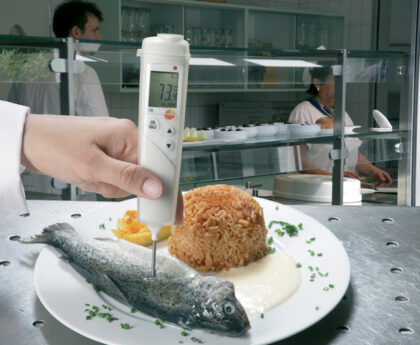In an increasingly complex global food supply chain, ensuring food safety has become paramount. With rising consumer awareness and stringent regulatory requirements, businesses must adopt robust systems to manage food safety effectively. One such solution is food safety traceability software, which offers a multitude of benefits for organisations looking to enhance their supply chain integrity. This article delves into the advantages of implementing such software and how it can transform food safety management.
Understanding Food Safety Traceability
Food safety traceability refers to the ability to track and trace food products throughout the supply chain, from farm to fork. This process involves documenting the journey of food items, including their origin, processing, distribution, and retail. Implementing traceability systems is essential for identifying potential hazards and ensuring compliance with food safety regulations.
The Importance of Traceability
Traceability is not merely a regulatory requirement; it is a vital component of consumer trust. In the event of a food safety incident, such as contamination, traceability allows companies to quickly identify the source of the problem and take corrective action. This rapid response can mitigate health risks and prevent widespread panic among consumers.
Moreover, traceability enhances transparency in the food supply chain. Consumers are increasingly demanding information about the products they purchase, including details about sourcing and handling. By providing this information, businesses can build stronger relationships with their customers and foster brand loyalty.
In addition to consumer trust, effective traceability systems can also lead to improved operational efficiencies for businesses. By having a clear understanding of the flow of goods, companies can better manage their inventory, reduce waste, and optimise their supply chain processes. For instance, if a particular batch of produce is found to be defective, businesses can quickly isolate and remove it from the market, thereby minimising losses and protecting their reputation. This proactive approach not only safeguards public health but also enhances the overall sustainability of the food system.
Furthermore, advancements in technology, such as blockchain and IoT (Internet of Things), are revolutionising food safety traceability. These technologies enable real-time tracking of food products, providing an unprecedented level of detail and accuracy. With blockchain, every transaction and movement of goods can be recorded in an immutable ledger, ensuring that all stakeholders, from farmers to retailers, have access to reliable data. This digital transformation is paving the way for a more resilient food supply chain, capable of responding to challenges such as climate change and global pandemics.
Key Benefits of Food Safety Traceability Software
Implementing food safety traceability software can yield significant benefits for businesses in the food industry. These advantages extend beyond compliance and can lead to improved operational efficiencies, cost savings, and enhanced consumer confidence.
1. Enhanced Compliance and Risk Management
Food safety regulations are becoming more stringent, with governments worldwide enforcing stricter standards. Food safety traceability software helps organisations comply with these regulations by automating record-keeping and reporting processes. This automation reduces the likelihood of human error, ensuring that all necessary documentation is accurate and up-to-date.
Additionally, traceability software enables businesses to conduct risk assessments more effectively. By analysing data related to food sourcing, processing, and distribution, companies can identify potential risks and take proactive measures to mitigate them. This proactive approach not only protects consumers but also safeguards the company’s reputation.
2. Improved Recall Management
In the unfortunate event of a product recall, the speed and efficiency of the response are crucial. Food safety traceability software streamlines the recall process by enabling businesses to quickly identify affected products and their distribution channels. This capability significantly reduces the time required to execute a recall, minimising potential health risks and financial losses.
Moreover, effective recall management can enhance a company’s reputation. Consumers appreciate transparency and prompt action during food safety incidents. By demonstrating a commitment to consumer safety, businesses can maintain trust and loyalty even in challenging situations.
3. Increased Operational Efficiency
Food safety traceability software can streamline various processes within the supply chain, leading to increased operational efficiency. By automating data collection and analysis, businesses can reduce the time spent on manual record-keeping and reporting. This efficiency allows staff to focus on more strategic tasks, such as improving product quality and enhancing customer service.
Furthermore, traceability software can optimise inventory management. By providing real-time insights into stock levels and product movements, businesses can reduce waste and ensure that products are stored and handled appropriately. This optimisation not only saves costs but also contributes to sustainability efforts within the food industry.
Implementing Food Safety Traceability Software
While the benefits of food safety traceability software are clear, the implementation process can be daunting. However, with careful planning and consideration, organisations can successfully integrate this technology into their operations. Check out more about What is Food Safety Compliance and Why It Matters for Your Business.
1. Assessing Your Needs
The first step in implementing food safety traceability software is to assess your organisation’s specific needs. Consider factors such as the size of your operation, the complexity of your supply chain, and the types of products you handle. Understanding these requirements will help you select the most suitable software solution.
Additionally, involve key stakeholders in the decision-making process. Engaging staff from various departments, such as quality assurance, logistics, and IT, can provide valuable insights into the features and functionalities that will best serve your organisation.

2. Choosing the Right Software
Once you have assessed your needs, the next step is to choose the right food safety traceability software. Look for solutions that offer comprehensive features, such as real-time tracking, automated reporting, and user-friendly interfaces. It’s also essential to consider the software’s scalability, as your organisation may grow or change over time.
Moreover, ensure that the software complies with relevant food safety regulations and standards. This compliance will not only facilitate adherence to legal requirements but also enhance the credibility of your organisation in the eyes of consumers and regulatory bodies.
3. Training and Integration
After selecting the appropriate software, it’s crucial to invest time in training staff on how to use the system effectively. Proper training ensures that employees understand the software’s functionalities and can leverage its capabilities to enhance food safety management.
Integration with existing systems is another critical consideration. Seamless integration can streamline operations and improve data accuracy. Collaborate with your IT department or external experts to ensure a smooth transition and minimise disruptions to your daily operations.
Case Studies: Success Stories in Food Safety Traceability
Numerous organisations have successfully implemented food safety traceability software, reaping the benefits of enhanced compliance, improved efficiency, and increased consumer trust. Here are a few notable examples.
1. A Leading Australian Dairy Producer
A prominent dairy producer in Australia faced challenges in managing its extensive supply chain, which involved multiple suppliers and distribution channels. By implementing food safety traceability software, the company improved its ability to track products from farm to consumer.
The software enabled the organisation to quickly respond to a potential contamination issue, identifying affected products and executing a recall within hours. This swift action not only protected consumers but also reinforced the company’s commitment to food safety, resulting in increased customer loyalty.
2. A Major Retailer
A major Australian supermarket chain recognised the importance of transparency in its supply chain. By adopting food safety traceability software, the retailer enhanced its ability to provide consumers with information about product origins and handling practices.
This initiative not only improved compliance with food safety regulations but also boosted consumer confidence. Shoppers appreciated the transparency and were more likely to choose products from the retailer, leading to increased sales and market share.
The Future of Food Safety Traceability
The future of food safety traceability is promising, with advancements in technology poised to enhance the capabilities of traceability software. Innovations such as blockchain technology, artificial intelligence, and the Internet of Things (IoT) are set to revolutionise the way food safety is managed.
1. Blockchain Technology
Blockchain technology offers a secure and transparent method for tracking food products throughout the supply chain. By creating an immutable record of each transaction, businesses can ensure the integrity of their traceability data. This level of transparency can enhance consumer trust and provide a competitive advantage in the marketplace.
2. Artificial Intelligence and Data Analytics
Artificial intelligence and advanced data analytics can further improve risk management and decision-making processes. By analysing vast amounts of data, AI can identify patterns and anomalies that may indicate potential food safety risks. This predictive capability allows businesses to take proactive measures to prevent issues before they arise.

Conclusion
Food safety traceability software is an invaluable tool for organisations in the food industry. By enhancing compliance, improving recall management, and increasing operational efficiency, businesses can protect consumers and bolster their reputation. As technology continues to evolve, the future of food safety traceability holds even greater promise, paving the way for a safer and more transparent food supply chain. Embracing these advancements is not just a regulatory necessity; it is a commitment to consumer safety and trust.





